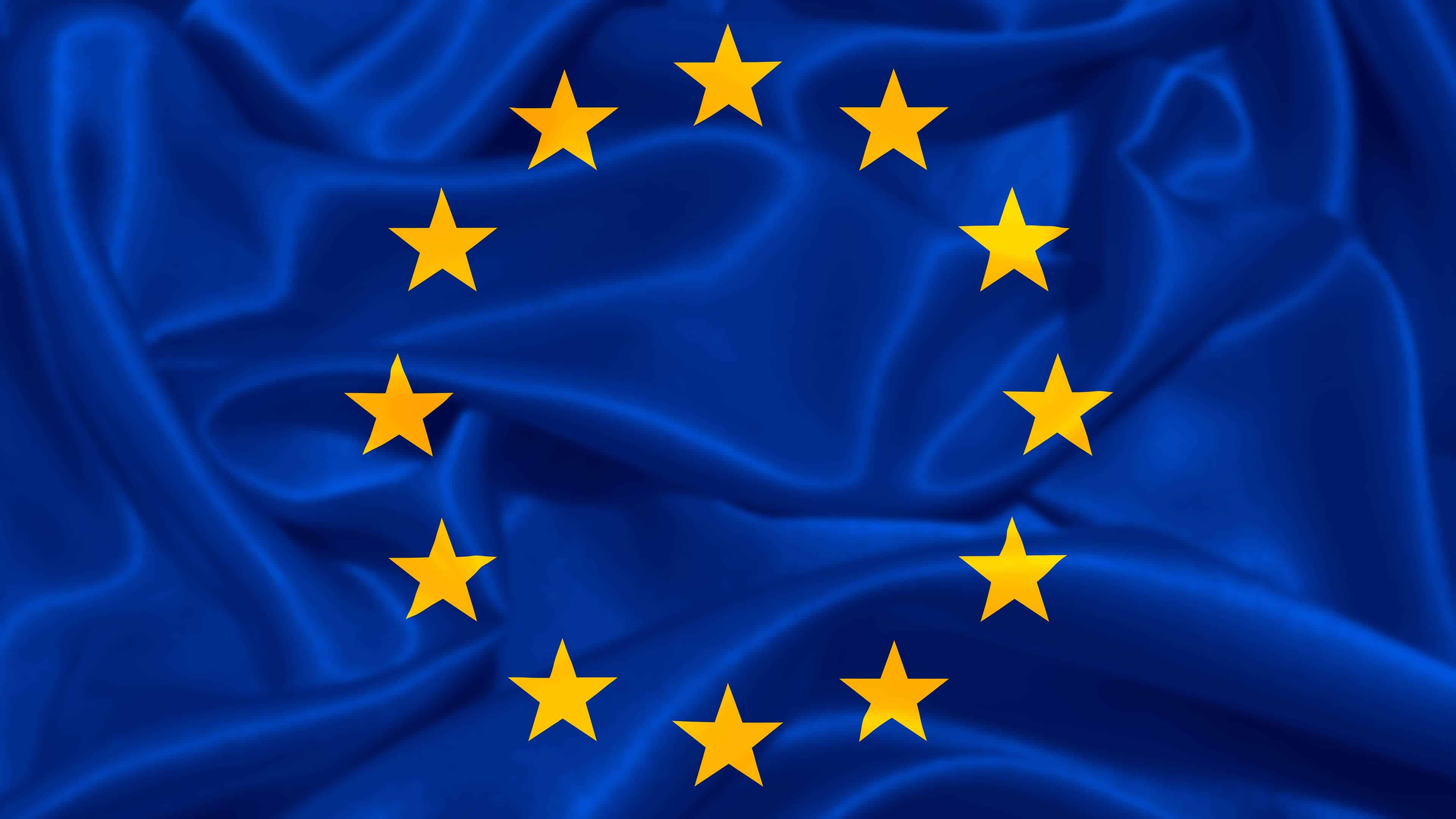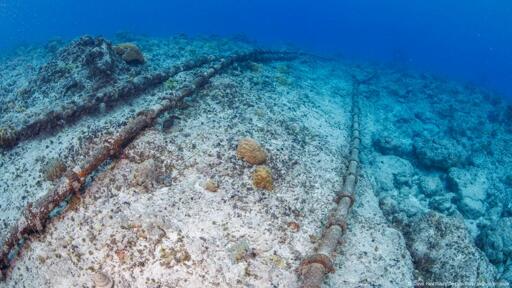The world’s undersea cable network spans roughly 1.4 million kilometers (870,000 miles) and carries over 95% of intercontinental internet traffic, yet it remains vulnerable to accidental damage, such as ship anchors, and deliberate disruption.
Recent incidents in the Baltic Sea and Red Sea have underscored the cables’ fragility. Policymakers are now staging international initiatives to safeguard the system.
“We need to work together to defend the entire network,” Singaporean Defense Minister Chan Chun Sing said at the IISS Shangri-La Dialogue, Asia’s premier security forum, earlier this month.
“There’s no point trying to defend the integrity and security of a submarine cable by looking at a point. We need both ends to be secure,” he added.
[…]
Europe has struggled with a series of similar faults in the Baltic Sea, with many Western officials hinting those cables were intentionally damaged by ships linked to Russia. Experts have warned, however, that there has been no proof of deliberate damage.
[…]
In Southeast Asia, subsea infrastructure also faces similar geopolitical friction. In February, Taiwanese officials detained a Chinese-crewed ship after an undersea communications cable was damaged near the self-ruled island, which China sees as a breakaway province. China has also increasingly pressured cable consortia laying new links from Japan through the South China Sea to seek Beijing’s “permission,” effectively doubling down on its claims in internationally disputed waters.
[…]
China is also reportedly developing “advanced cable-cutting devices capable of targeting armored cables at unprecedented depths,” according to a commentary published by Tokyo-based magazine Nikkei Asia this week.
Southeast Asian nations are also worried about the cables being threatened by natural disasters and possibly costing them access to new and expanded renewable energy projects, such as offshore wind farms.
[…]
France’s Alcatel Submarine Networks is often regarded as the global leader in subsea cable installation, and several European firms operate sizable fleets of cable repair ships.
In February, the EU published its Cable Security Action plan, which called on Brussels to “develop and deploy an advanced cable diplomacy.”
“When it comes to addressing incidents,” the plan reads, “the [EU] should enhance the exchange of information with, for instance, Indo Pacific partners who are facing similar incidents in relation to critical submarine infrastructures.”
[…]
Speaking at the Shangri-La Dialogue summit, US Defense Secretary Pete Hegseth argued that European states should limit their engagement and investments in regions like Southeast Asia to focus entirely on safeguarding Europe.
Kaja Kallas, the EU’s foreign policy chief, pushed back a day later, arguing that “it’s an illusion that these security theaters of Indo-Pacific and Europe are not interlinked.”
She called for Europe and Asia to collaborate against covert “shadow fleets” and review maritime security laws to protect submarine cable networks.


